3 economic growth scenarios for Hanoi
At the consultation workshop on the Hanoi Capital Planning for the period 2021-2030, with a vision to 2050, on the morning of January 9, Minister of Planning and Investment Nguyen Chi Dung assessed: The content of the Hanoi Capital Planning reflects new thinking and vision, consistent with the development orientation of the country's socio-economic development strategy for the period 2021-2030; promoting the role of a growth pole and development driving force for localities in the capital region and the Red River Delta.
According to the Minister, although the required progress is urgent, the actual implementation time is about 12 months compared to the regulation of 24 months, the Hanoi planning is still implemented meticulously, methodically, seriously, in compliance with the provisions of the law on planning.
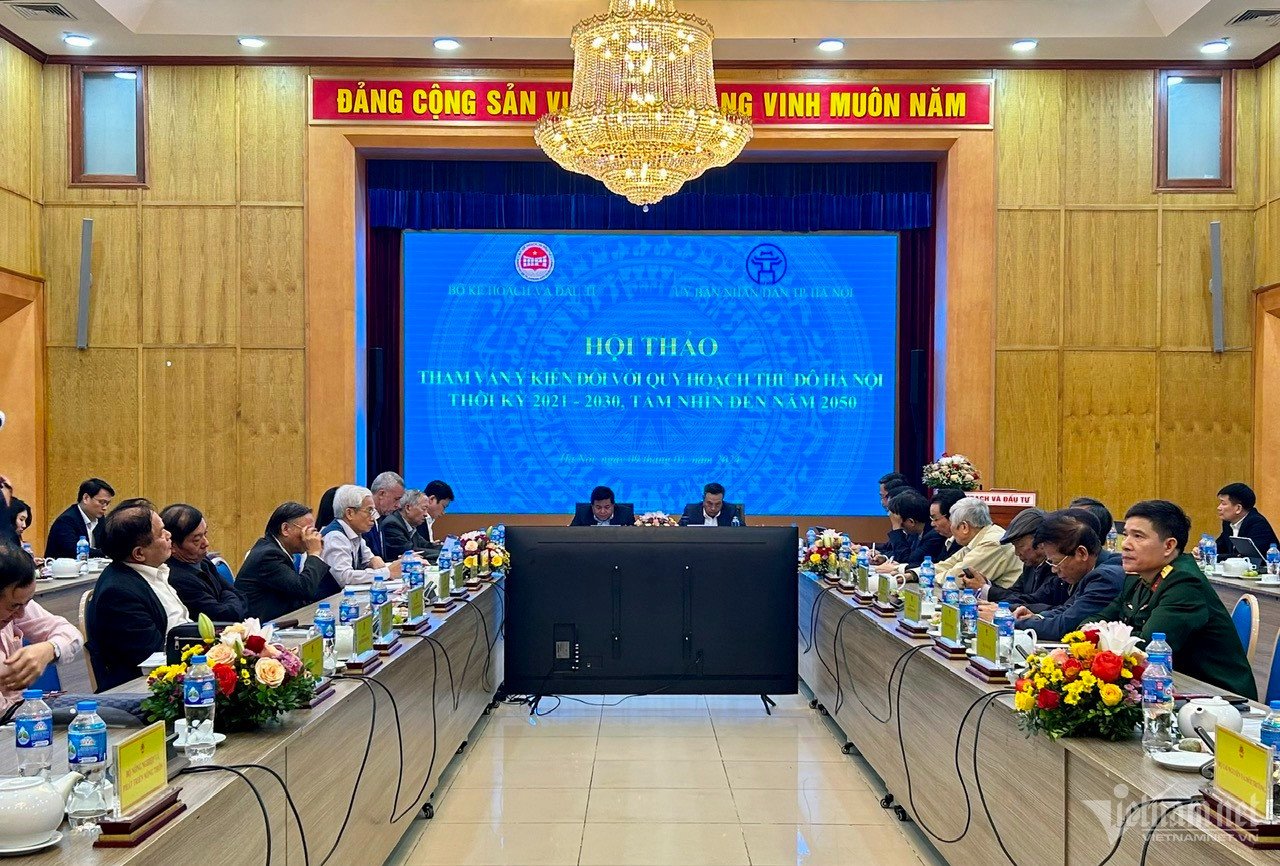
Mr. Tran Sy Thanh, Chairman of Hanoi People's Committee, informed that Hanoi's planning dossier is in the process of seeking opinions from members of the appraisal council, with a system of reports of nearly 1,200 pages integrated from 39 proposed contents of sectors and fields.
Along with that are 30 proposed contents of districts, towns, and cities, along with Strategic Environmental Assessment (SEA) reports, summary reports, appendix systems, diagram systems, and maps built on the basis of applying geographic information systems (GIS).
The representative of the consulting unit presented a summary of Hanoi's planning, Prof. Dr. Hoang Van Cuong, Vice President of Hanoi National Economics University, said that the planning proposed 5 general development perspectives and 3 perspectives on spatial organization.
In particular, it emphasizes the viewpoint that the capital Hanoi develops rapidly, sustainably, creatively, becoming a growth pole with a spreading and leading role, promoting the Red River Delta, the dynamic region of the North, and is a spreading model for the development of the whole country.
At the same time, promoting the human factor, taking people as the center, subject, resource, driving force and goal of development based on science, technology and innovation; developing the economy and society associated with environmental protection...
Regarding spatial organization, the planning of Hanoi Capital focuses on developing industries and fields concentrated along 5 economic corridors and belts, associated with 5 development axes. Focusing on developing 5 types of space: Construction space; underground space; digital space; cultural space; public space (especially green space).
By 2050, Hanoi aims to become a representative of the image of a powerful and prosperous Vietnam with a leading level of development in the region, on par with the capitals of advanced Asian countries...; Average GRDP from 45,000-46,000 USD/person; urbanization rate from 80-85%.
Notably, Hanoi's planning proposes three economic scenarios. In scenario 1 - the favorable scenario, Hanoi's GRDP growth will reach 9.5-10%; scenario 2 - the growth effort scenario will reach 8.5-9.5% and scenario 3 - the baseline scenario, Hanoi's GRDP will reach 7.5-8.5%.
For Hanoi to grow as expected
Dr. Architect Dao Ngoc Nghiem, Vice President of the Vietnam Urban Planning and Development Association, assessed that this is the most groundbreaking planning compared to previous planning projects in Hanoi.
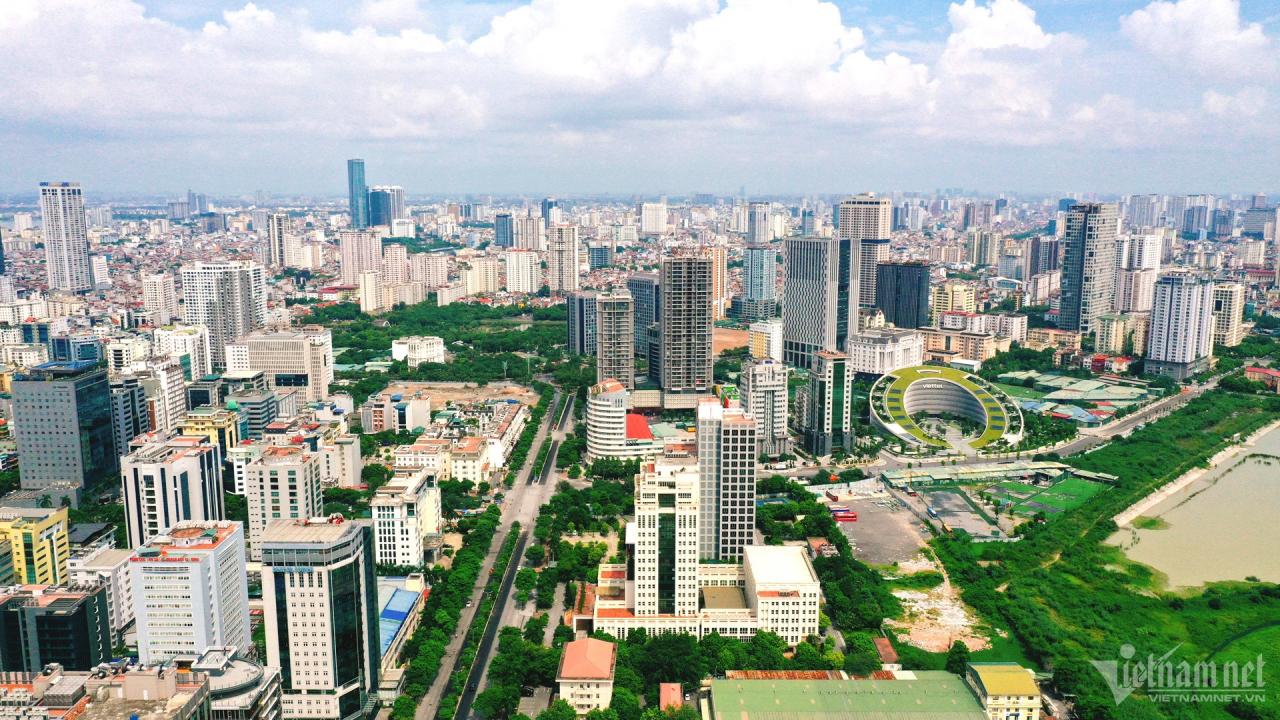
“The Capital City planning basically follows the design tasks approved by the Prime Minister, but there are also challenges as the city is implementing two main planning focuses: the Capital City planning and adjusting the general planning. Specific policies defined in the Capital City Law to create development momentum are also being finalized to be submitted to the National Assembly. Therefore, consulting units need to coordinate closely,” Mr. Nghiem emphasized.
Agreeing with the three growth scenarios proposed by Hanoi's planning, Dr. Cao Viet Sinh, former Deputy Minister of Planning and Investment, said that it is very difficult when Hanoi is large in scale and has high requirements.
He also expressed concern that Hanoi's economic structure is not reasonable; the proportion of industry is too low, not helping to promote growth.
Dr. Cao Viet Sinh noted that if Hanoi wants to grow rapidly, it needs to reconsider its orientation towards digital transformation and innovation - which is still not clear.
Commenting on Hanoi's planning, Mr. Christopher Lewis Malone, Managing Director of Dalberg Southeast Asia, said that Hanoi's planning includes many aspects for growth, however, without breakthrough ideas, Hanoi will hardly be able to grow as expected.
He suggested that Hanoi should focus on a number of key and breakthrough industries and sectors to promote growth; as well as consider Hanoi's competitive advantages with other cities, especially Ho Chi Minh City. Industry and technology sectors will be the spearheads to help Hanoi's economy develop further.
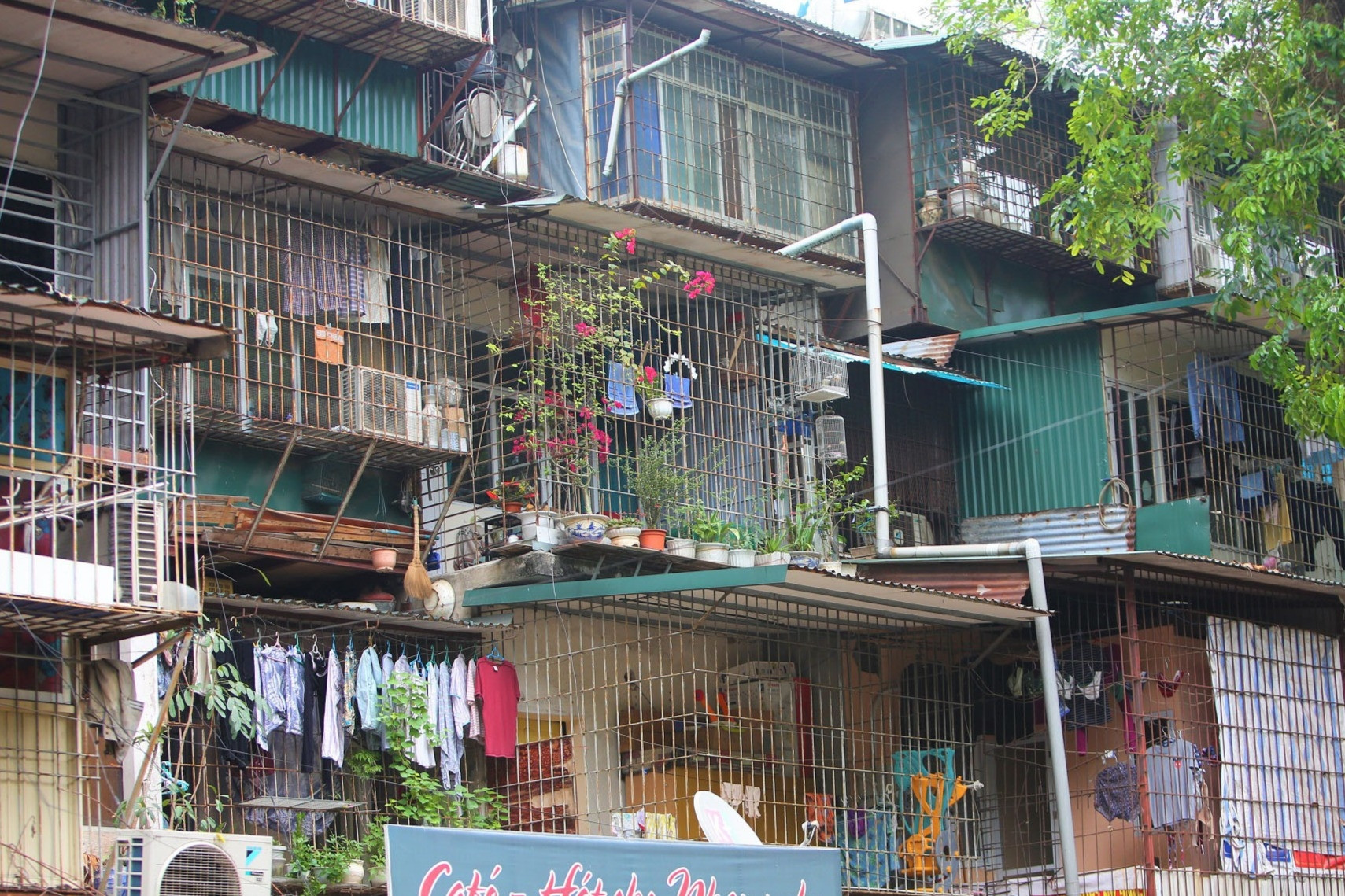
Source


![[Photo] Discover the beautiful scenery of Wulingyuan in Zhangjiajie, China](https://vphoto.vietnam.vn/thumb/1200x675/vietnam/resource/IMAGE/2025/5/11/1207318fb0b0467fb0f5ea4869da5517)
![[Photo] The moment Harry Kane lifted the Bundesliga trophy for the first time](https://vphoto.vietnam.vn/thumb/1200x675/vietnam/resource/IMAGE/2025/5/11/68e4a433c079457b9e84dd4b9fa694fe)
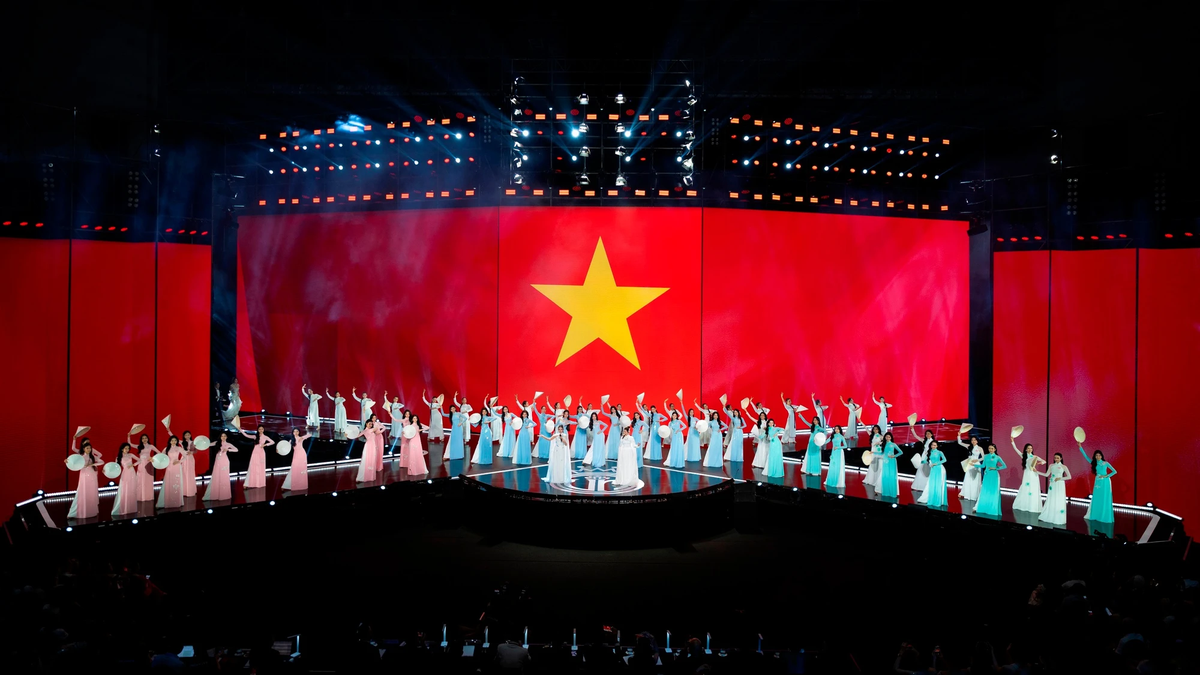
![[Photo] National Assembly Chairman works with leaders of Can Tho city, Hau Giang and Soc Trang provinces](https://vphoto.vietnam.vn/thumb/1200x675/vietnam/resource/IMAGE/2025/5/11/c40b0aead4bd43c8ba1f48d2de40720e)
![[Photo] National Assembly Chairman Tran Thanh Man attends the Party Congress of the Committee for Culture and Social Affairs](https://vphoto.vietnam.vn/thumb/1200x675/vietnam/resource/IMAGE/2025/5/11/f5ed02beb9404bca998a08b34ef255a6)
![[Photo] Prime Minister Pham Minh Chinh chairs the fourth meeting of the Steering Committee for Eliminating Temporary and Dilapidated Houses](https://vphoto.vietnam.vn/thumb/1200x675/vietnam/resource/IMAGE/2025/5/11/e64c18fd03984747ba213053c9bf5c5a)






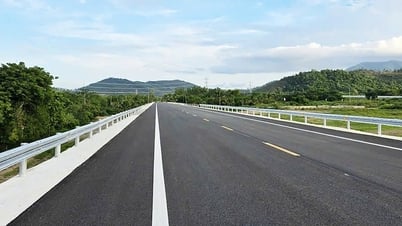




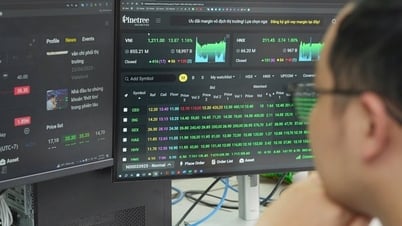

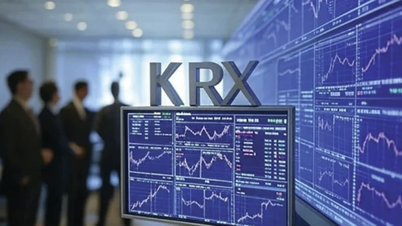





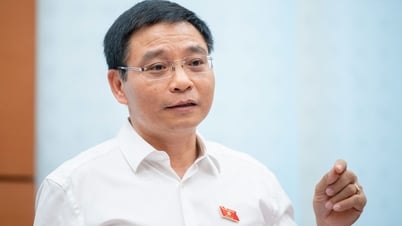












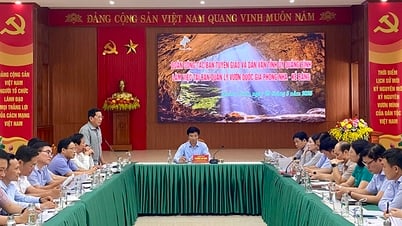

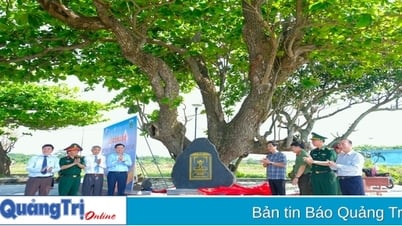

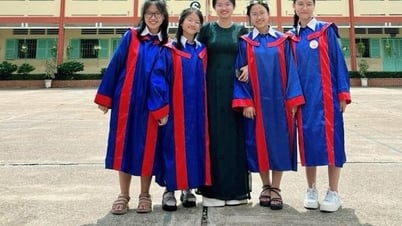



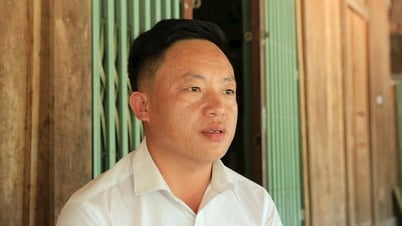

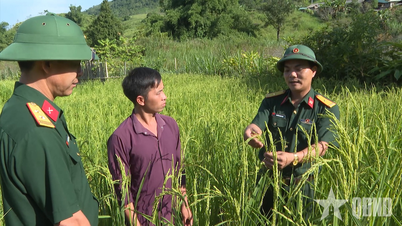












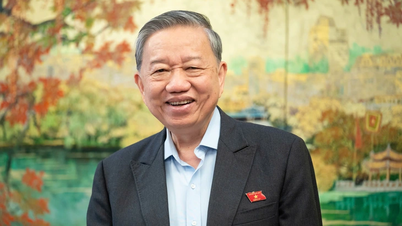

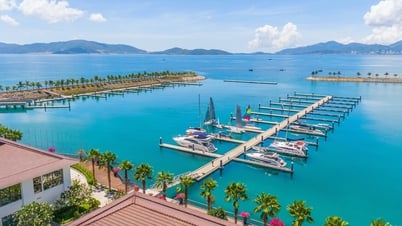
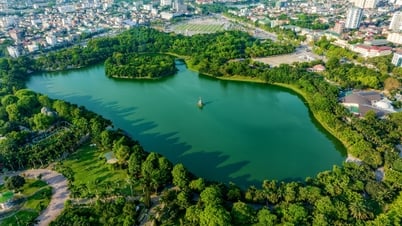


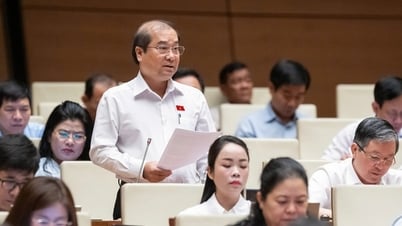
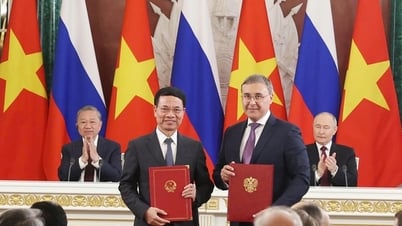




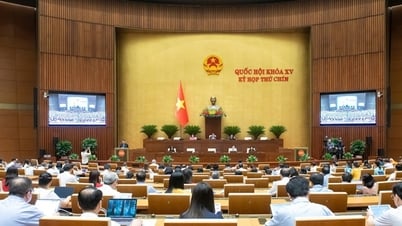


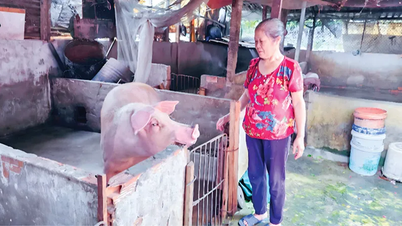













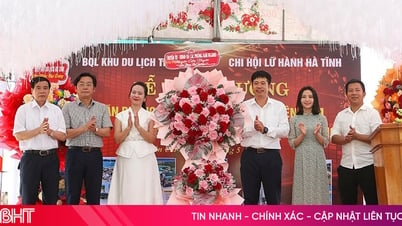

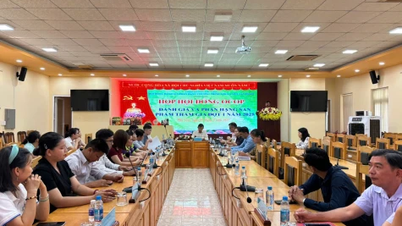

Comment (0)